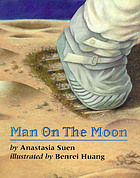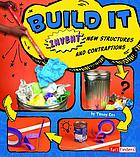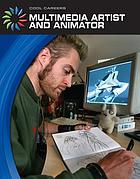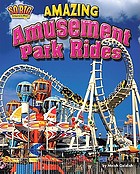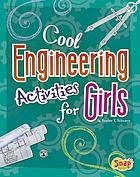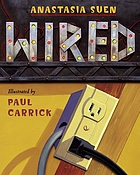How have astronauts and space travel changed since the early space program? Help K-5 students answer this essential question (and meet the Common Core State Standards) with the Teaching STEM lesson plans for this mentor text: Man on the Moon by Anastasia Suen (ATOS 2.2 / NC860L)
Unit Summary: Students will examine the essential question, “How have astronauts and space travel changed since the early space program?” As they listen to the book, students will notice what equipment and items astronauts use and think about how images in a book contribute to a better understanding of the text. They will view images from the current space program and compare the changes they see in them to the space program in its early days. Using a picture from the text, students will describe the sensations that might result from a splash down and then discuss the changes they have learned taking place in the space program by writing about them or comparing them in a discussion.
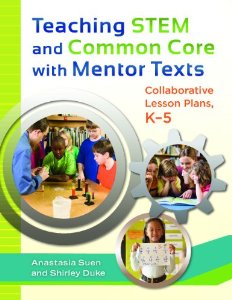 The Library Activity begins on page 92. The Collaborative Teacher Activity is on page 96.
The Library Activity begins on page 92. The Collaborative Teacher Activity is on page 96.
Extension Activities (sample)
1. Choose an astronaut listed on the NASA website Have the students read about an astronaut and report on that person.
2. Teach a lesson on phases of the moon.
3. After reading the book, have the students write a short description of the main idea of the book. Use the phrase, “I am a technology specialist.. I know that _________.”
You can find more Teaching STEM lesson plans on the Teaching STEM blog
Copyright © 2014 Anastasia Suen All Rights Reserved.
